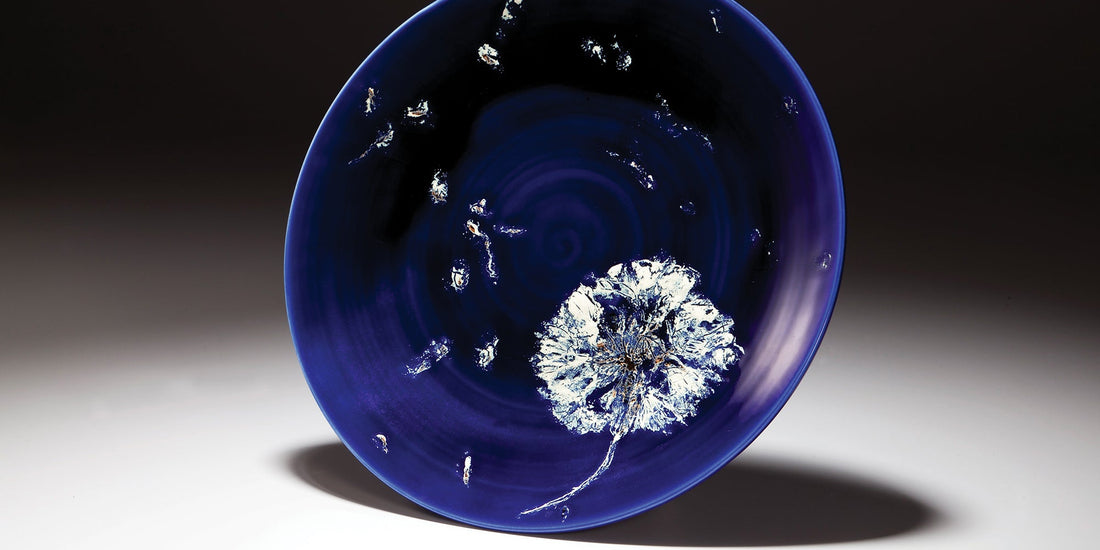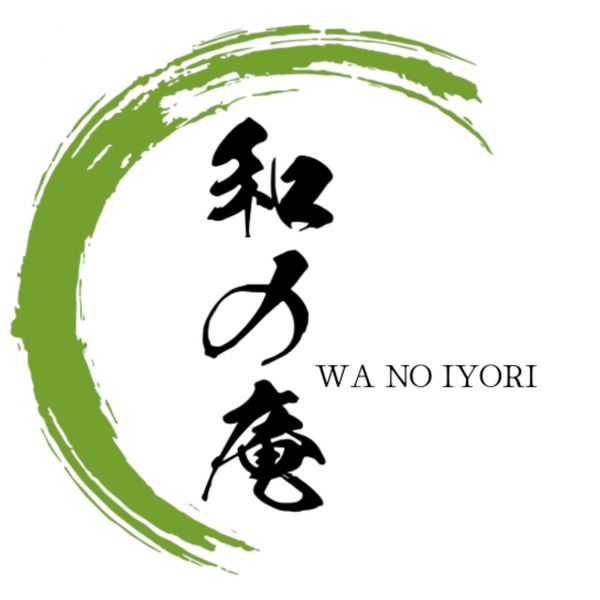
茶道具とそのデザインに見る侘び寂びの思想
共有
茶碗を手に取り、縁の凹凸、釉の柔らかなひび割れ、あるいはわずかな非対称性に気づくとき、それは欠陥ではなく、美しさを見ているのです。この美しさは、茶道具のデザインに深く影響を与えている侘び寂びの哲学から生まれています。
侘び寂びとは何ですか?
侘び寂びは、不完全さ、無常さ、そして生命の自然な循環を受け入れる日本の美学です。
-
侘びは謙虚なシンプルさと自然の美しさを反映しています。
-
サビは、使い古しや古色によって価値が増す経年変化を大切にしています。
茶道において、侘び寂びは単なる様式ではなく、考え方です。茶道具はどれも、完璧な完成度ではなく、それがもたらす感情的・感覚的な繋がりのために選ばれます。
茶道具における侘び寂び
茶碗から茶杓まで、茶道具一つ一つに物語があります。
1.茶碗
侘び寂びの茶碗は、しばしば左右非対称で、緩やかな曲線を描いており、持つたびに感触が異なります。釉薬が垂れたり、色が変化したり、小さなひび割れが現れたりすることもありますが、それらはすべて、生きた証であり、本物である証です。
2.茶杓(竹の杓子)
竹製のスコップの繊細な凹凸は、人の手で作られたことを思い起こさせます。使い込むうちに深みを増し、古色を帯びた味わいが加わり、その魅力をさらに高めています。
3.茶筅(ちゃせん)
茶筅は抹茶を点てるたびに磨り減っていきますが、これは茶道の集まりの儚くも美しい性質を象徴しています。
4.金継ぎと修復された道具
茶道具が割れた場合、金継ぎ(漆と金粉)で修復されることがあります。この技法はひび割れを隠すのではなく、ひび割れを際立たせることで、茶道具の美しさと意味深さをさらに高めます。
茶道具における侘び寂びの重要性
茶道は、完璧な磁器や機械で作られた対称性を求めるものではありません。自然の美しさを鑑賞できる、心安らぐ空間を創り出すことなのです。侘び寂びを念頭にデザインされた茶道具は、私たちに次のことを思い出させてくれます。
-
不完全さは価値がある。
-
時間はすべてのものを変えます。
-
美しさは今の瞬間に見つかります。
侘び寂びを茶道に取り入れる
アンティークの日本の椀を持っていなくても、侘び寂びを受け入れることができます。
-
工場で作られた調理器具よりも手作りの調理器具を選びましょう。
-
使用の跡(傷、古色、色あせなど)を大切にしましょう。
-
お茶会に季節の変化を取り入れてみましょう。
最後の一口
茶道では、一つ一つの道具が物語を語ります。侘び寂びは、その物語を尊重し、不完全さの中に美しさを見出し、今この瞬間に意味を見出すことを教えてくれます。次に茶道具を使うときは、その独特の形、質感、そして歴史をじっくりと味わってみてください。道具は単なる道具ではなく、人生の最も真の美しさを映し出すものなのです。

